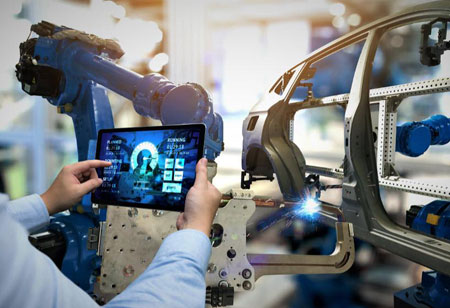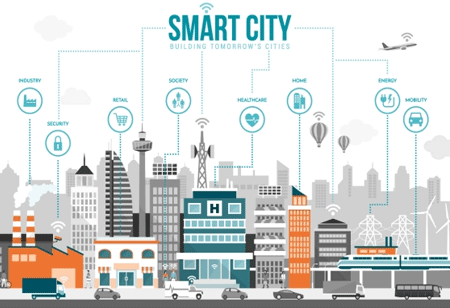THANK YOU FOR SUBSCRIBING
Moving Toward Advanced Manufacturing with 3D Printing
With the adoption of 3D printing technology, the majority of companies can make use of recycled plastics for the raw materials.

By
Apac CIOOutlook | Thursday, January 01, 1970
Stay ahead of the industry with exclusive feature stories on the top companies, expert insights and the latest news delivered straight to your inbox. Subscribe today.
After the initial commercialization in the 80s and 1990s, 3D printing has undergone a phase of intense interest in 2013. Since then, the hype for 3D printing has increased. The traction is mainly toward manufacturing methods, especially digitization of workflows and producing quality final products apart from rapid prototyping.
Precise prototyping using 3D printing saves a lot of time since the work is done quickly and in the right way. Majority of the industries are now keenly analyzing the benefits and competitive edge that 3D printing could lend to their operations.
Majority of the countries in the world have their strict environmental laws for industries. Additive manufacturing significantly reduces material waste, amount of production steps, and the number of distinct parts needed for an assembly. 3D printing is just one among many advances in technology that leads to a hygienic environment around the globe.
Also See: Environmental Business Review
With the adoption of 3D printing technology, the majority of companies can make use of recycled plastics for the raw materials. 3D printing enables businesses to create complex interior structures from a single piece and to also manufacture movable parts at the place. An example of the maximum usage of the technology is this project undertaken by a leading company to build homes using 3D technology.
IDTechEX has conducted exhaustive initial research with companies that stood throughout the entire 3D printing value chain for crucial trends impacting growth to 2028. The research forecasts that the global market of 3D printing materials, software, and service has esteemed to be $22 billion worth by 2028.
The range of techniques which are available to facilitate the applications of 3D printing is already considerably diverse. 3D printing with plastics has the highest customer base in the printing market.
The most concerning aspect of 3D printing technology is the possibility of copyright infringement like a blueprint of a product and illegal leakage of films leveraging 3D models. It is certain that businesses will emerge with solutions for these challenges too. Nevertheless, the future of 3D printing future is bound to be bright considering the advantages it can offer to several industries.
Check Out : TOP 3D TECH STARTUPS
See Also: Manufacturing Outlook





